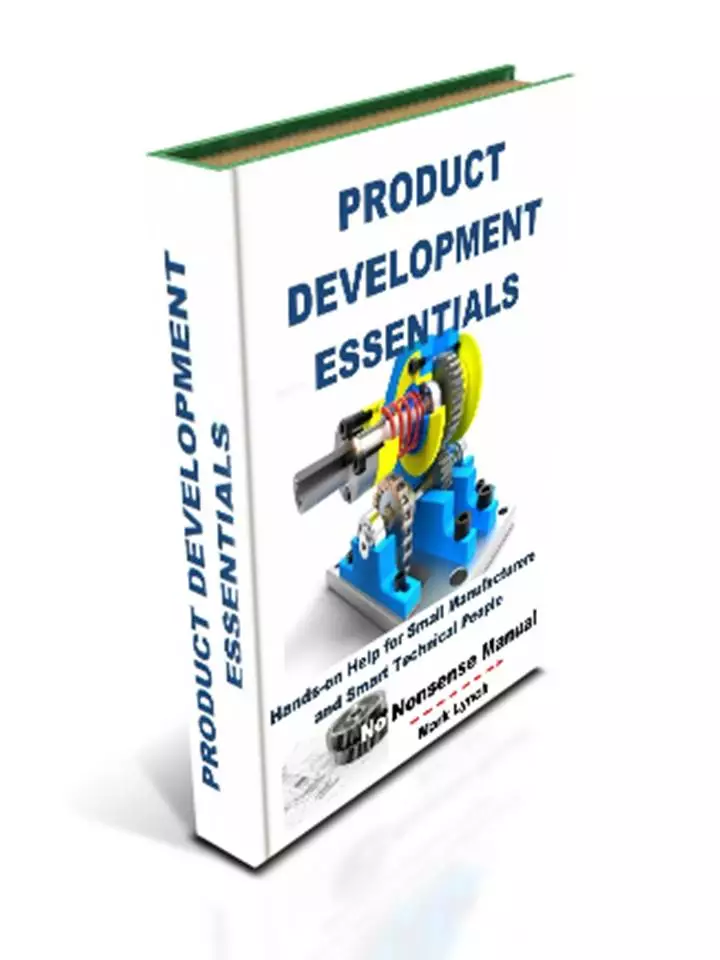'Hands-on Help for SMEs' and Smart Technical People'
Lean
Manufacturing Inventory WIP
Reducing Inventory and
Work in Progress (WIP)
Lean Manufacturing Tools and Techniques
Lean Manufacturing Inventory WIP
A crucial part of a Lean Manufacturing operation is reducing the amount of inventory and work-in-progress (WIP). For small manufacturers, where cash-flow is often tight, it makes sense to minimise the amount of money tied up in components and assemblies. In addition, reducing levels of WIP and inventory often reveal problems and issues which can then be put right.
One analogy is WIP being like a full canal. Reducing it (lowering the water level) reveals the problems (debris at the bottom) that can now be tackled, as they are newly visible. In manufacturing these may be quality problems, defects and other issues that probably weren’t as detectable before and so continued unfixed.
It should be noted, inventory and WIP should be reduced in a controlled and coordinated manner. Failure to do so will probably add additional problems like production lines stopping and starting as parts run out. Of course, this is the opposite to one of the principles of lean manufacturing – the aim of continuous flow.
There are a range of things you can do to reduce your inventory and work in progress:
Understanding WIP Levels and Forecasting
Try to get a better understand of the WIP and inventory levels your operation requires to run smoothly. What are the minimum batch sizes you require to keep flow running as continuously as possible? If you require buffers of parts (including in stores), again consider the lowest amount needed to keep things moving. Make judgements based on actual demand.
Quantify amounts with figures. What is the likely demand in the future - tomorrow, next week, next month? Are things steady or variable? Can things be ramped up in the event of a rush job? Forecasting relies on this awareness, and then planning accordingly. The result should be reduced buffer sizes. This is partly because as you become more practiced and confident, you will have sufficient parts to keep flow continuous, without having to over stock ‘just in case’.
Aim to get WIP level information visible and updated frequently. Keep your system simple so it is understandable to all and it can be revised swiftly.
Ordering more Frequently
Holding lower levels of stock can be achieved by ordering what you need from suppliers more frequently. Arranging the reliable and frequent supply of parts also reduces the amount of storage space you require. Attempt to automate delivery and handling as much as possible, so as to minimise overhead costs.
Improved Reliability through Supplier Collaboration
Work more closely with suppliers in an attempt to improve the reliability of parts supplied. Explain clearly how they fit into your process, why their role is important and state upfront what you require. At the same time build up genuine rapport. Openness should reduce the likelihood of misinterpretation and will build trust. If any issues do occur, suppliers are more likely to go the extra mile to assist if they understand your point of view and trust you.
Lean Manufacturing Inventory WIP
The 2 for 1 Rule to Reduce WIP Courtesy of Morris Consulting
Next... Kanban
Back to Lean Manufacturing Essentials
Lean Tools - Best Thing Since Sliced Bread?... Or Hugely Overated? What do You Think?...
What is your experience when applying Lean Manufacturing Tools in the workplace? Which ones have you tried and had success with?
Alternatively, which just didn't work, especially in the long term? - Share your story... and get a FREE copy of our report 'Helping You and Your Manufacturing Business Thrive'...
PS: Feel free to name-drop your firm! There's nothing wrong with a bit of free publicity!











